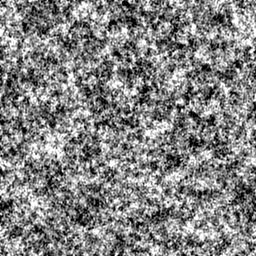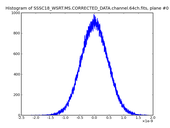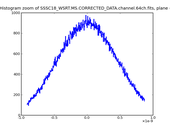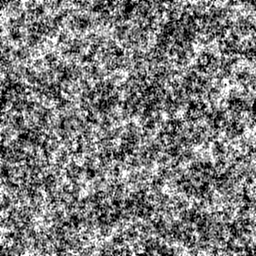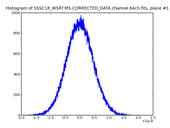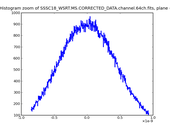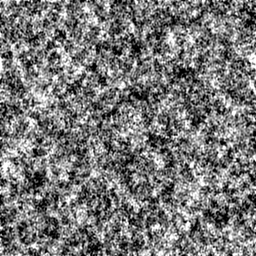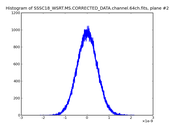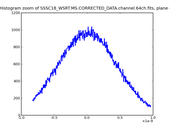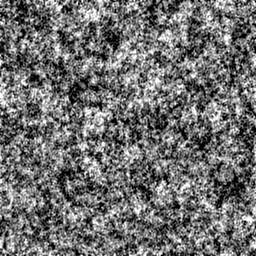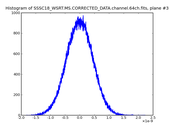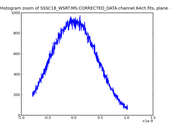SSSC18_WSRT.MS.CORRECTED_DATA.channel.64ch.fits (header)
64x1x512x512 FITS cube, 4 planes are given below. |
|
Image plane #0. | data range: | -2.15354e-09,1.84692e-09 |
| mean: | 4.3719e-12 |
| sigma: | 4.55481e-10 |
| clipping: | 95% |
| clip range: | -9.11207e-10,8.74153e-10 |
|
|
Image plane #1. | data range: | -1.91063e-09,2.08137e-09 |
| mean: | 5.23381e-12 |
| sigma: | 4.52767e-10 |
| clipping: | 95% |
| clip range: | -8.50253e-10,9.39131e-10 |
|
|
Image plane #2. | data range: | -2.13248e-09,2.14237e-09 |
| mean: | 6.90081e-12 |
| sigma: | 4.54445e-10 |
| clipping: | 95% |
| clip range: | -8.29989e-10,9.6929e-10 |
|
|
Image plane #3. | data range: | -1.80833e-09,2.23687e-09 |
| mean: | -3.10819e-12 |
| sigma: | 4.4619e-10 |
| clipping: | 95% |
| clip range: | -7.89134e-10,1.0241e-09 |
|
G_diag.fmep |
G_offdiag.fmep |
.tdl.conf |
SSSC18_WSRT.MS.CORRECTED_DATA.channel.64ch.fits (header)
64x1x512x512 FITS cube, 4 planes are given below. |
|
Image plane #0. | data range: | -2.15354e-09,1.84692e-09 |
| mean: | 4.37211e-12 |
| sigma: | 4.55481e-10 |
| clipping: | 95% |
| clip range: | -9.11207e-10,8.74154e-10 |
|
|
Image plane #1. | data range: | -1.91062e-09,2.08137e-09 |
| mean: | 5.23466e-12 |
| sigma: | 4.52766e-10 |
| clipping: | 95% |
| clip range: | -8.5025e-10,9.39127e-10 |
|
|
Image plane #2. | data range: | -2.13248e-09,2.14237e-09 |
| mean: | 6.90148e-12 |
| sigma: | 4.54445e-10 |
| clipping: | 95% |
| clip range: | -8.7591e-10,9.0667e-10 |
|
|
Image plane #3. | data range: | -1.80834e-09,2.23669e-09 |
| mean: | -3.10804e-12 |
| sigma: | 4.4619e-10 |
| clipping: | 95% |
| clip range: | -9.43238e-10,8.22509e-10 |
|
G_diag.fmep |
.tdl.conf |
